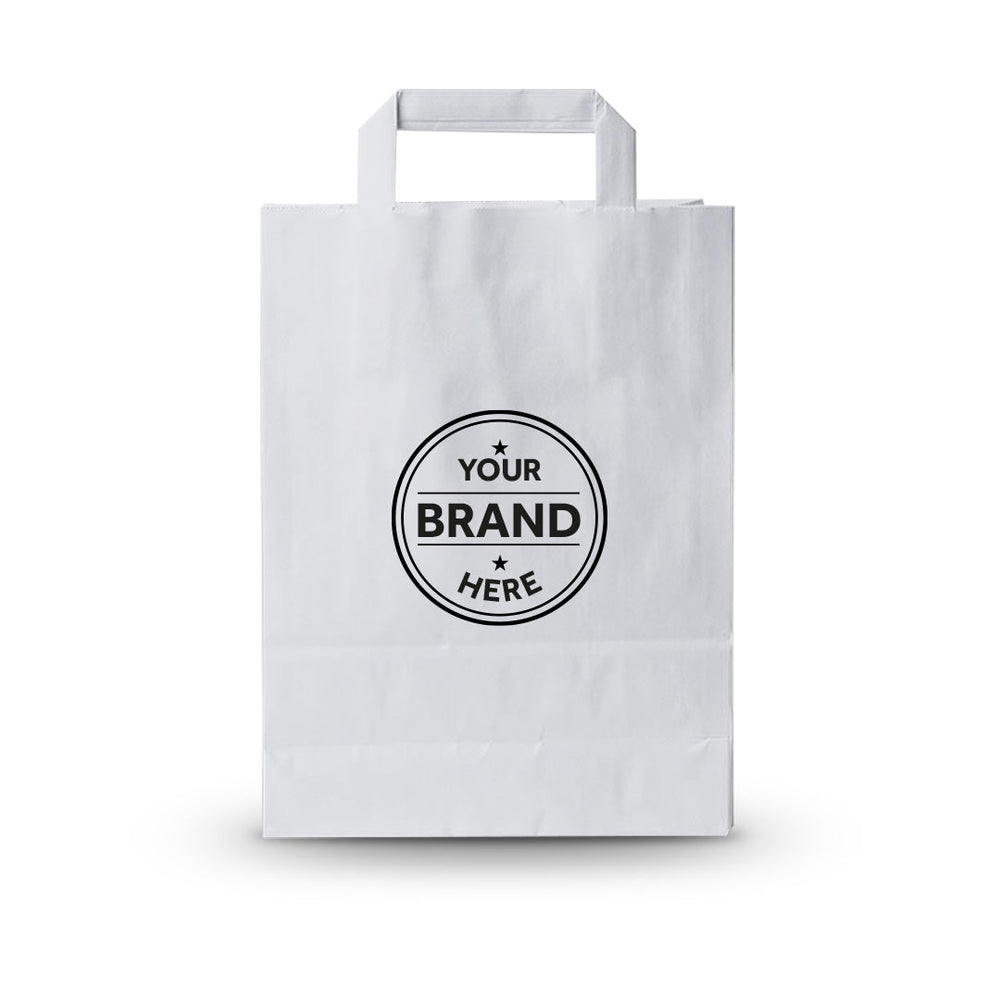Wine Packaging An Art and Science Combined
Wine packaging plays a crucial role in the wine industry, influencing consumers’ choices and enhancing the overall experience of wine consumption. With the rising popularity of wine globally, the importance of effective packaging cannot be overstated. It encompasses several aspects, from aesthetic appeal to functionality, safety, and environmental sustainability.
One of the primary functions of wine packaging is to protect the wine from external factors that can affect its quality. Traditionally, glass bottles have been the standard for wine packaging due to their excellent barrier properties against oxygen and light, which can spoil wine. The classic green or brown glass bottle not only serves a protective function but also preserves the wine's integrity. However, the choice of material is evolving. Alternative packaging solutions such as boxes, pouches, and cans are gaining traction, especially among younger consumers who appreciate innovation and convenience.
The aesthetic aspect of wine packaging is equally important
. The label design, color, and bottle shape can significantly influence consumer perception and brand identity. A well-designed label tells a story about the wine, its origin, and the winemaker's philosophy, making it more appealing to potential buyers. Wine brands often use creative imagery and typography to stand out on the shelf. For example, premium wines may opt for more sophisticated and traditional designs, while boutique wineries might choose playful and modern aesthetics to attract audiences looking for unique experiences.Moreover, the packaging must also cater to practical considerations such as portability and ease of use. For instance, single-serving wine pouches and cans have become popular for picnics, concerts, and casual gatherings, appealing to consumers who prioritize convenience. These formats allow for easy transportation and disposal, responding to the fast-paced lifestyles of many modern wine drinkers.
wine packaging

Sustainability has also become a significant factor in wine packaging decisions. With increasing awareness regarding environmental impact, both consumers and producers are leaning towards sustainable packaging solutions. Lightweight bottles, recyclable materials, and eco-friendly inks are becoming standard in the industry. Moreover, some wineries are exploring options like biodegradable packaging and glass made from recycled materials to reduce their carbon footprint. By adopting sustainable practices, wine producers not only contribute to environmental conservation but also align with the values of a growing segment of eco-conscious consumers.
In addition to the aesthetic and functional qualities, the packaging must also ensure that the wine remains fresh and flavorful during storage and transport. Closure systems, such as corks and screw caps, play a vital role in this process. While cork has been the traditional choice for fine wines, screw caps have gained popularity for value wines and white wines, as they provide an airtight seal that helps prevent oxidation. It’s essential for wine producers to choose the right closure method that complements their wine's characteristics and desired aging potential.
Finally, the global wine market has increased competition, making effective branding through packaging even more vital. Consumers are inundated with choices, and distinctive packaging can make a substantial difference in drawing attention. Retailers often display wine based on its visual appeal, making it essential for wines to not only taste good but also look good. As a result, wineries are continuously innovating their packaging to capture market share and resonate with consumers.
In conclusion, wine packaging is an intricate blend of art and science that goes far beyond merely containing the product. It serves a protective function, communicates brand identity, enhances consumer experience, and aligns with sustainability goals. As the wine industry continues to evolve, effective and innovative packaging will remain a key factor in attracting and maintaining the loyalty of consumers. The future of wine packaging looks promising, as it adapts to trends and consumer demands, ultimately shaping the way we experience wine.



